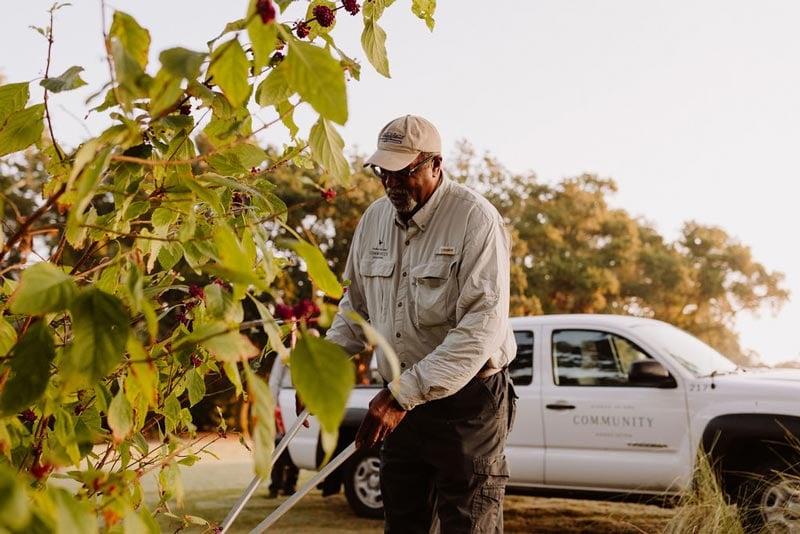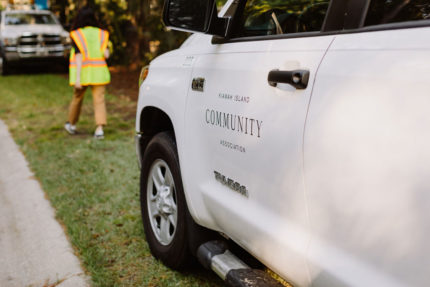Jul
21
2012
From The Blog
Protecting Kiawah’s Natural Habitat: Conservation Easements
The Kiawah Conservancy has many tools at its disposal for conserving the natural habitat on Kiawah Island. Whether working with the town to monitor bobcats or to conduct surveys on painted buntings, the conservancy is constantly moving forward in its mission to provide for the identification, preservation and appropriate management of the critical natural habitat needed to maintain a healthy, balanced and diverse population of native flora and fauna on Kiawah. Of these tools, conservation easements are the most traditional when conserving private lands.
A conservation easement is a legal agreement between a landowner and a land trust or other qualified organization, such as a government agency, that permanently limits uses of the land in order to protect its conservation values. It allows landowners to continue to own and use their land, sell it or pass it on to heirs.
The conservancy holds conservation easements on seven properties. These include three properties owned by KICA, as well as parcels that remain under the ownership of other private entities or families. Together these properties account for over 319 acres of natural habitat on and around Kiawah Island.
When a conservation easement is donated to a land trust like the conservancy, the property owner gives up some of the rights associated with the land. For example, on KICA’s preserved properties, the association has given up the right to subdivide or develop preserved areas, but has kept the right to allow association members’ access and to engage in wildlife observation and nature study. Rights to manage the property and implement exotic, invasive plant removal techniques are also retained.
Combinations of prohibited uses and reserved rights such as these sustain
the natural habitat associated with these properties, thus protecting their
conservation values.
An easement may apply to all or a portion of the property, and need not require public access. Properties protected by conservation easements are bound by the easement’s terms in perpetuity, even if the property is sold or passed along to future owners. The land trust holding the easement is responsible for making sure its terms are followed. At the conservancy, this is managed through its land stewardship program, which involves annual property monitoring, invasive species surveys and continued volunteer support.
A landowner sometimes sells a conservation easement, but usually easements are donated to a land trust. If the donation benefits the public by permanently protecting important conservation resources, and meets other federal tax code requirements, it can qualify as a tax-deductible charitable donation. Easement values vary greatly. In general, the highest easement values result from very restrictive conservation easements on tracts of developable open space under intense development pressure. In some jurisdictions, placing an easement on your property may also result in property tax savings.
In addition to these benefits, a conservation easement can be essential for passing undeveloped land on to the next generation. By removing the land’s development potential, the easement typically lowers the property’s market value, which in turn lowers potential estate tax. Whether the easement is donated during life or by will, it can make a critical difference in an heir’s ability to keep the land intact.
If you would like more information on conservation easements, the donation process, or are interested in participating in the conservancy’s land stewardship efforts, please contact the conservancy office at 843-768-2029 or visit www.kiawahconservancy.org

